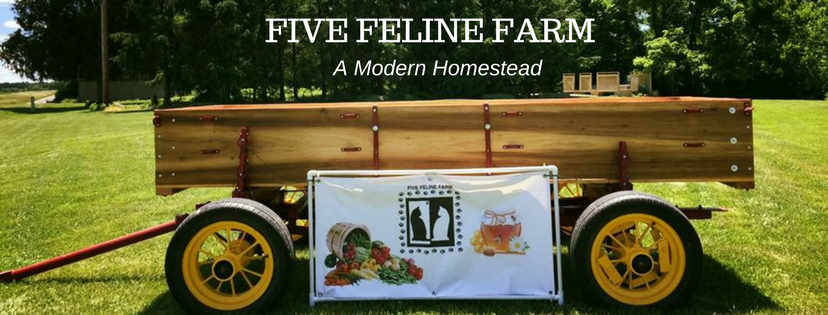Making food from scratch can take time. One of the main reasons busy people don’t make food from scratch is this time commitment.
But, there is a way to fit home made food into a busy schedule. Here’s an example of how we did homemade tomato sauce in several stages to fit our schedule.
Think in small batches.
Almost no one has an entire day to devote to processing a large bunch of produce and completing it all in one day. If you do find yourself with a free Saturday and bushels of tomatoes, these steps can all be crunched into one day. That is a rarity for us, so breaking it down into small steps is a necessity.
Pick the tomatoes.

Don’t plan to do anything else. Just pick tomatoes. Tomatoes will keep at room temperature for 3-4 days depending on the ripeness when picked. It is ok to pick a bit underipe and finish on a window sill or kitchen counter.
Peel and seed.
Prepare a pot of simmering water and a pan or sink of ice water. Drop the tomatoes in the simmering water for 30-45 seconds, then plunge into the ice bath. Skins will slip off easily. Slice the tomatoes in half horizontally, squeeze out the seeds (sometimes it helps to dig them out with your finger), cut out the core, and quarter the tomatoes. Unless you are sensitve to tomato seeds, it is not necessary to get out every single seed. Cover and refrigerate the tomatoes for up to 2 days.
Sometimes we stretch this step out over a couple of days if needed to get all of the tomatoes peeled, seeded and cut.
Season and bake.
 Yes, bake. Line a shallow baking pan with parchment paper, place tomato quarters in a single layer and drizzle with olive oil. The amount of olive oil is personal preference. At Five Feline Farm, a full baking sheet gets about 1/3 cup of olive oil. Then sprinkle with your favorite Italian herb seasoning. We like strong flavors, so we use 2-3 Tbsp.
Yes, bake. Line a shallow baking pan with parchment paper, place tomato quarters in a single layer and drizzle with olive oil. The amount of olive oil is personal preference. At Five Feline Farm, a full baking sheet gets about 1/3 cup of olive oil. Then sprinkle with your favorite Italian herb seasoning. We like strong flavors, so we use 2-3 Tbsp.
If you have a convection oven, convection bake at 300º. If you do not, bake at 325º, and expect about a half hour longer. Stir every hour until the tomatoes are cooked through and most of the juices have cooked off. In the convection oven this takes about 2 hours.
This step sounds like a long time, but the actual active involvement is 15 minutes or so. In between stirring you can relax, watch TV, eat supper, or work on another household task. As a bonus, the aroma wafting from the oven is heavenly.
After baking, pour the tomatoes into a storage bowl and refrigerate. This will hold in the fridge another day or so until you have time for the next step.
Blend and store.
Use an immersion blender to quickly blend the baked tomatoes into a thick sauce. If you don’t have an immersion blender, you can use a regular blender or food processor; however immersion blenders are fairly inexpensive and so versatile that this is really the way to go.
After blending, ladle into freezer baggies, seal and store. We typically freeze in 1 cup portions.
When ready to use, the sauce can be thawed in the refrigerator, defrosted in the microwave and added to a recipe or thoroughly heated in the microwave. You will be tempted to eat straight from a spoon.
If you are reading this in email, thank you for being a faithful subscriber. For those of you who are on our website or connecting through Facebook/Twitter channels and would like to have posts delivered to your inbox, it’s easy to subscribe. As a bonus you’ll get a free ebook “Wisdom of the Bees”.





